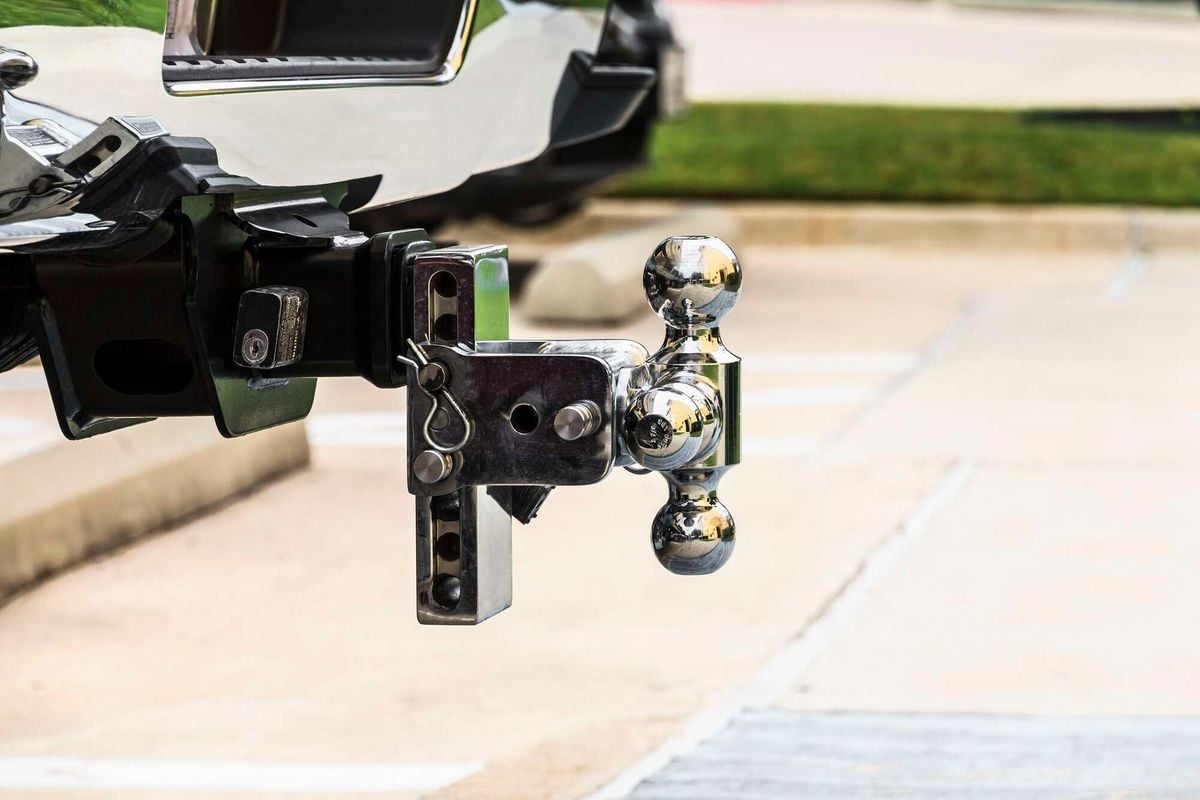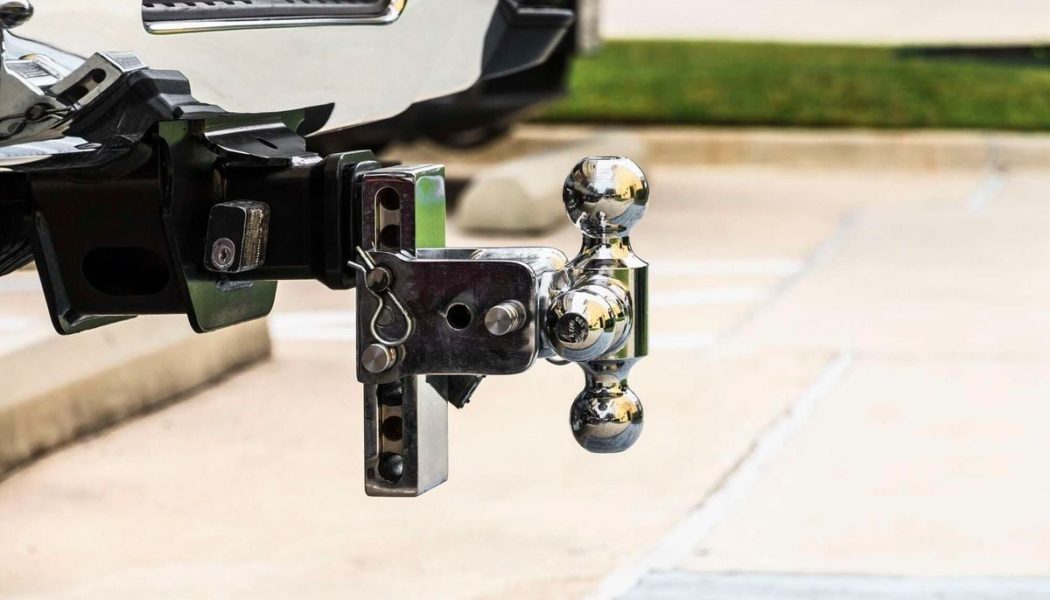
What sort of reinforcement does a car need in order to mount a ball hitch for towing a light trailer? S.Pyke
Even a light trailer is likely to tip the scales at several hundred kilos, plus the weight of its cargo. When cruising at a steady speed on smooth and level ground, most of that weight is carried by the trailer’s own wheels.
At a recommended drawbar weight of 40 kg, the only effect on a cruising car is like having two suitcases in the boot.
But things can change – dramatically – in a push-pull-bounce-twist sort of way, if the car accelerates, brakes, corners, goes uphill or downhill, or hits bumps.
Then it is not just the weight of the trailer, but the kinetic energy of “motion” it can demand or deliver. And even on a light trailer, that can amount to tons (!) of force from one moment to the next.
The precise formula is complex, but a rule of thumb version is “half of the mass times the speed…squared!” And in dramatic circumstances that force can be delivered like the punch of wrecking ball or the jerk of an anchor snagging a reef.
So, the reinforcement bar to which the tow hitch is attached must be able to withstand this, including the leverage created by its span and the strength of how and what it is attached to.
These mounting points should be both welded and (!) bolted to robust chassis or frame components, preferably in four places to reduce span leverage.
And it is not just the three dimensions of the bar but also the quality and gauge of steel it is made of, that matter.
Tow hitches should be mounted to robust girders, not pretty furniture tubing.









